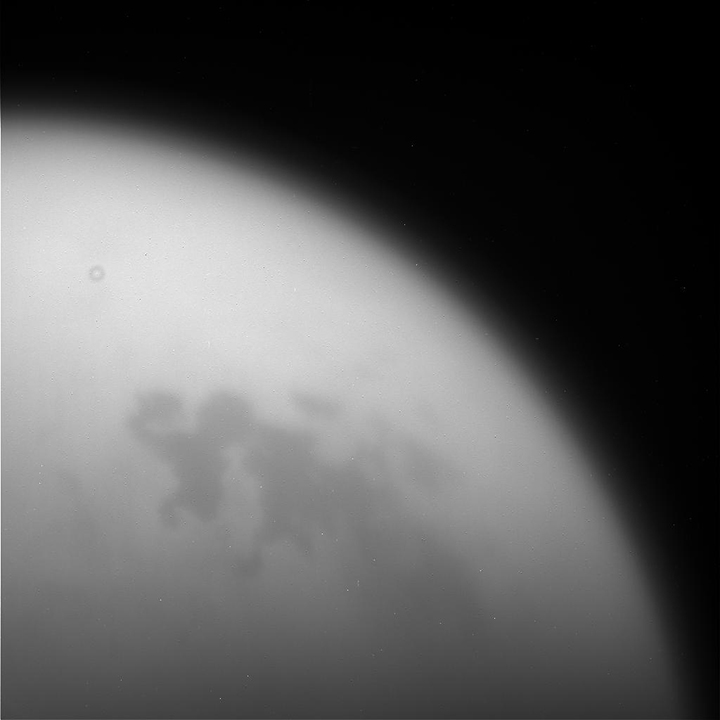Behemoths of the Sky
Link here. This article by Doug Messier, about the German attempt to create an industry around rigid lighter-than-air airships, is the first of a five part history series that he will use to illustrate some fundamentals about new industries.
Despite the differences in time periods and technologies, there are some fundamental things that are required for all major advances in flight regardless of when they are made: imagination, daring, physical courage and financial backing. And luck. No small amount of luck.
Today, Parabolic Arc begins a five-part series looking at three different periods in powered human flight. We will compare and contrast them to see what essential lessons can be drawn from them. If the first two installments appear to have little to do with spaceflight, please be patient. All will be revealed.
Link here. This article by Doug Messier, about the German attempt to create an industry around rigid lighter-than-air airships, is the first of a five part history series that he will use to illustrate some fundamentals about new industries.
Despite the differences in time periods and technologies, there are some fundamental things that are required for all major advances in flight regardless of when they are made: imagination, daring, physical courage and financial backing. And luck. No small amount of luck.
Today, Parabolic Arc begins a five-part series looking at three different periods in powered human flight. We will compare and contrast them to see what essential lessons can be drawn from them. If the first two installments appear to have little to do with spaceflight, please be patient. All will be revealed.





